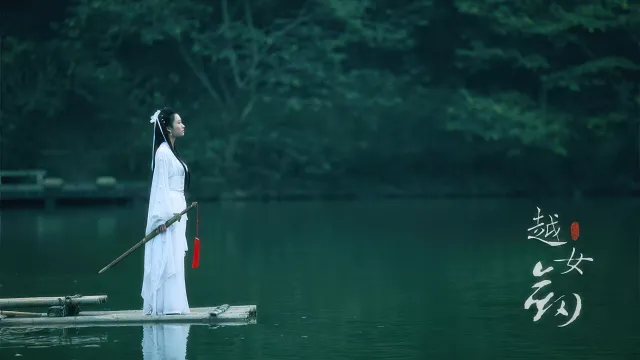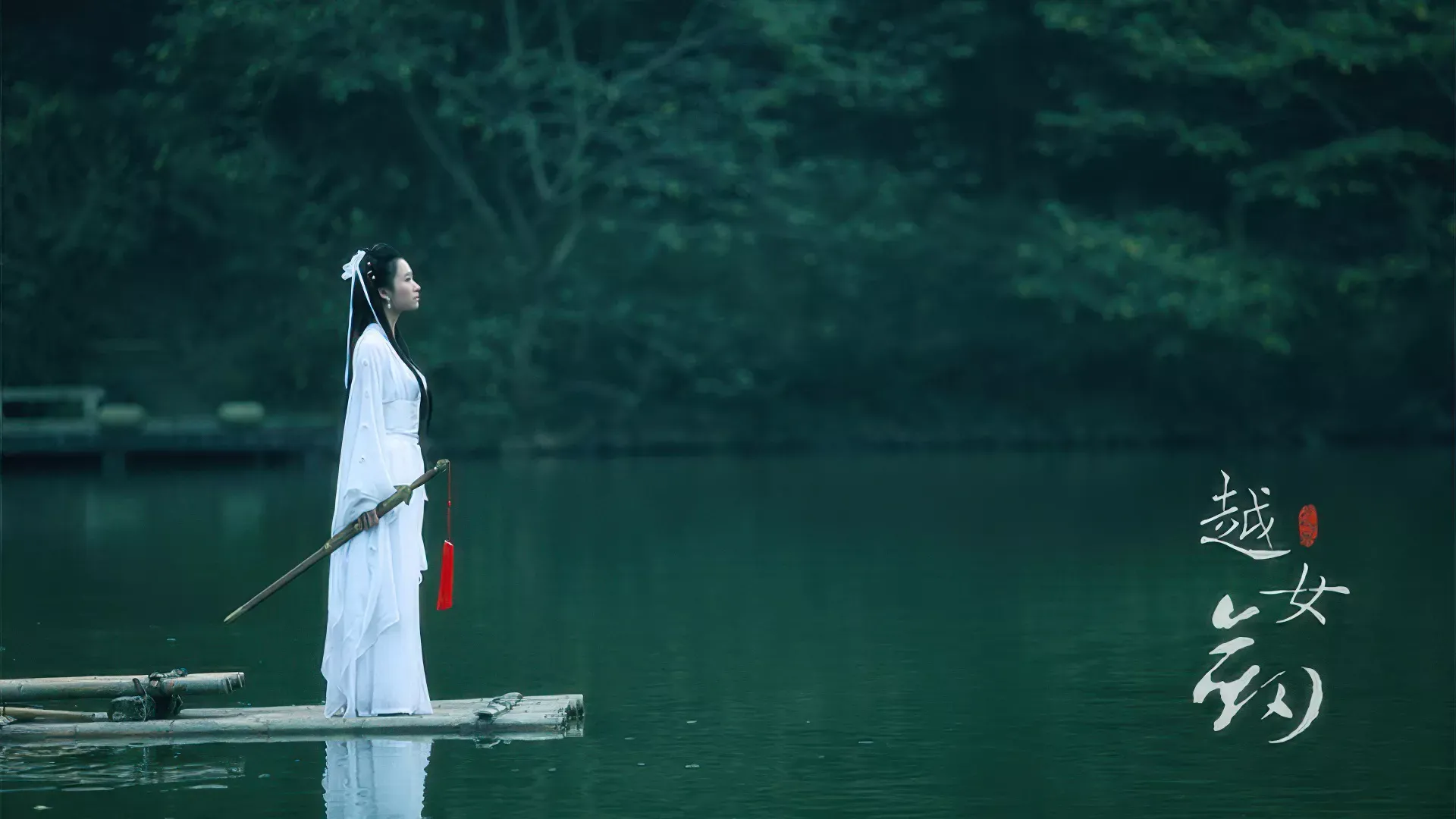Sword of the Yue Maiden features three distinct sword techniques that play crucial roles in the narrative, representing different approaches to martial arts and combat strategy.
Wu Swordplay
The State of Wu1 swordsmen employ a sophisticated group combat technique based on Sun Tzu’s military principles. Their approach follows the strategy: “I concentrate on one point, the enemy divides into ten, thus I use ten to attack one, making me numerous and the enemy few. Those who can use many to attack few will find their opponents limited.”
Characteristics:
- Group Combat Focus: Designed for coordinated attacks with multiple fighters
- Concentration of Force: Multiple swordsmen focus their attacks on single targets
- Tactical Superiority: Uses numerical advantage to overwhelm opponents
- Superior Weaponry: Wu swords are noted for their exceptional sharpness and durability
The Wu technique proves devastatingly effective in the initial demonstrations, where eight Wu swordsmen easily defeat and kill eight of Yue’s finest warriors.
Yue Swordplay
Initially, the State of Yue2 employs a deceptive sword technique that relies on misdirection and feints. When this approach fails against the superior Wu technique, they switch to a more direct, aggressive style.
Characteristics:
- Deceptive Phase: Uses misleading movements and feints to confuse opponents
- Direct Phase: Transitions to straightforward, forceful attacks
- Adaptive Strategy: Changes approach based on effectiveness against different opponents
The original Yue technique proves inadequate against the sophisticated Wu approach, leading to their defeat in the initial demonstrations.
Yue Maiden Swordplay
The most significant martial art in the novel is the Yue Maiden Swordplay, developed by Aqing through her unique training with a white ape.
Origins
Aqing learned this technique through playful sparring with a white ape (referred to as “Grandpa Bai” or 白爷爷). The ape would ride on her sheep, and when she tried to drive it away with a bamboo stick, the ape would also pick up a bamboo stick to fight back. Initially, Aqing couldn’t hit the ape, but gradually she learned to strike it effectively, developing a sophisticated sword technique through this unconventional training method.
Characteristics
- Light and Agile: Emphasizes flexibility and quick movements
- Complex Variations: Features intricate and beautiful sword movements
- Intuitive Development: Learned through natural progression rather than formal instruction
- Bamboo Stick Foundation: Originally developed using bamboo sticks rather than metal swords
Effectiveness
Aqing demonstrates the technique’s power by:
- Defeating eight Wu swordsmen single-handedly
- Easily defeating eighty of Yue’s finest warriors in demonstration
- Teaching enough of her technique to significantly improve Yue’s military effectiveness
Legacy
The technique becomes the foundation for Yue’s improved martial capabilities, ultimately contributing to their victory over Wu. The method of learning through playful interaction with the white ape represents an unconventional approach to martial arts development that challenges traditional training methods.
Historical context
The novel draws from historical accounts of the Yue Maiden (越女 – Yuènǚ), whose real name remains unknown. According to legend, she impressed the King of Yue with her extraordinary swordsmanship, leading him to decree that his army adopt her distinctive style. Her teachings represent the earliest known exposition on the art of the sword and significantly influenced the development of Chinese martial arts for generations.
See also
Footnotes
-
吴 – Wú. Kingdom during the Western Zhou Dynasty and Spring and Autumn Period, existing from 12th century to 473 BCE, modern day Jiangsu, China. See Wikipedia. ↩
-
越 – Yuè. Kingdom during the Spring and Autumn Period and Warring State Period of the Zhou Dynasty, existing up to 333 BCE, modern day Zhejiang, China. See Wikipedia. ↩

